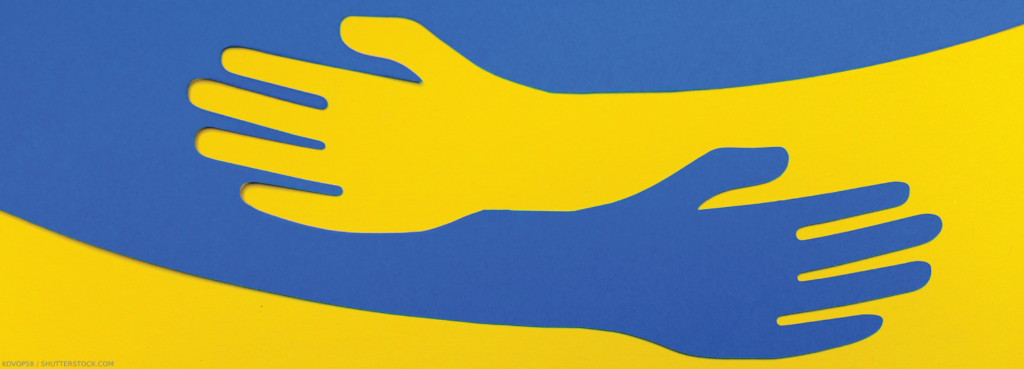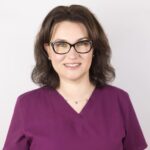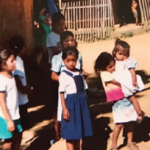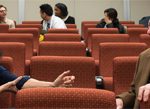
Early in 2022, a few months into the invasion of Ukraine by Russian troops, Paula Rackoff, MD, a rheumatologist and clinical associate professor at NYU Grossman School of Medicine, New York, felt an urgency to head to the region to assist the many refugees fleeing for the border with Poland.
Dr. Rackoff canceled a planned bike trip in Croatia with friends and family and pulled together a small group of volunteers, including three other doctors. Initially, the relief organizations she reached out to said they had enough doctors and thanked her for her interest.
Then Dr. Rackoff contacted the Israeli crisis relief group One Heart. It had already sent young adults to hand out blankets and sandwiches, carry suitcases and generally help refugees cross from Ukraine into Poland, she says.
“When I heard about them I emailed the director, and I said why don’t you send doctors. He said, ‘Okay,’” recalls Dr. Rackoff. “Basically, it was an organization that said ‘Yes,’ so he said, ‘Let’s do it.’”
The dean of the medical school, Robert Grossman, MD, agreed to donate essential medications for the initial 10-day mission. Dr. Rackoff also felt the support of her colleagues, including one doctor who asked to cover for her while she was away on the volunteer mission.
“It was really ‘yes’ all along the way,” she says. “I went twice, for 10 days each time.”
On the Ground

Dr. Rackoff
Instead of the two wheels of a bicycle, Dr. Rackoff landed in Europe with several duffel bags full of medications that might be needed by Ukrainians who arrived at the Polish border with the few possessions they could carry. With four doctors on the first mission, the group saw about 400 patients a week, she says.
“We went to a refugee site outside Krakow. Then we went to three refugee sites on the border of Poland and Ukraine, and then we went into Lviv, also to a refugee site there.”
In Ukraine, the group traveled no farther east than Lviv, which Dr. Rackoff says seemed relatively safe, like any other European city.
“But I think that has to be judged week by week,” she notes. “Their main statues were surrounded by steel and sandbags, but other than that we didn’t see any damage at all.”
The border crossing lines were not as long as in the very early days of the Russian invasion, says Dr. Rackoff. Some of the border traffic included people going back to Ukraine out of necessity or just because they missed being home.


